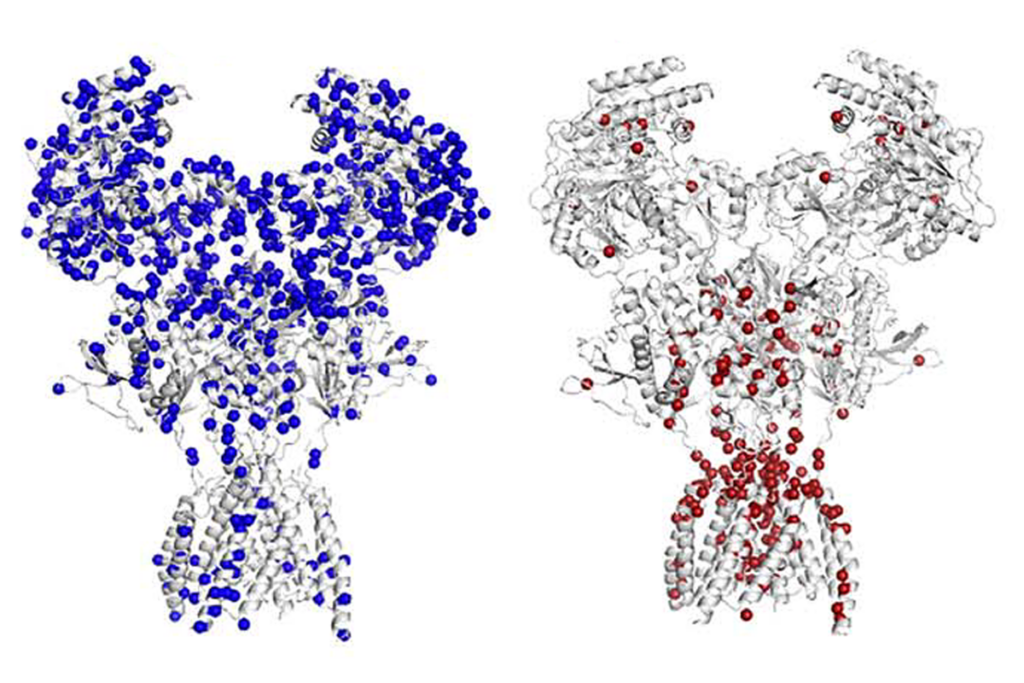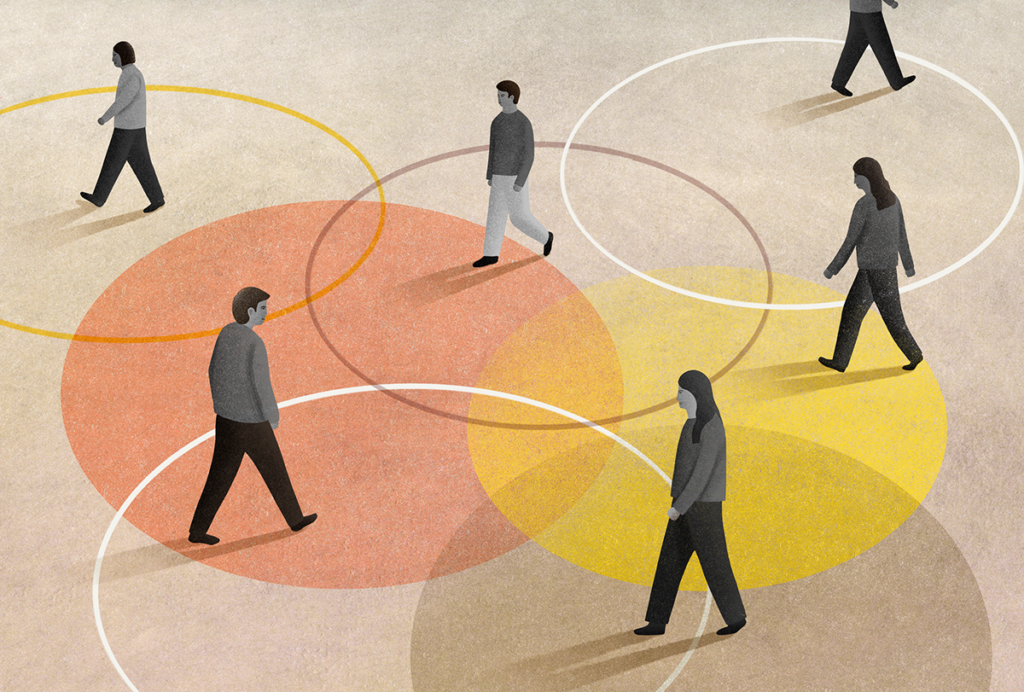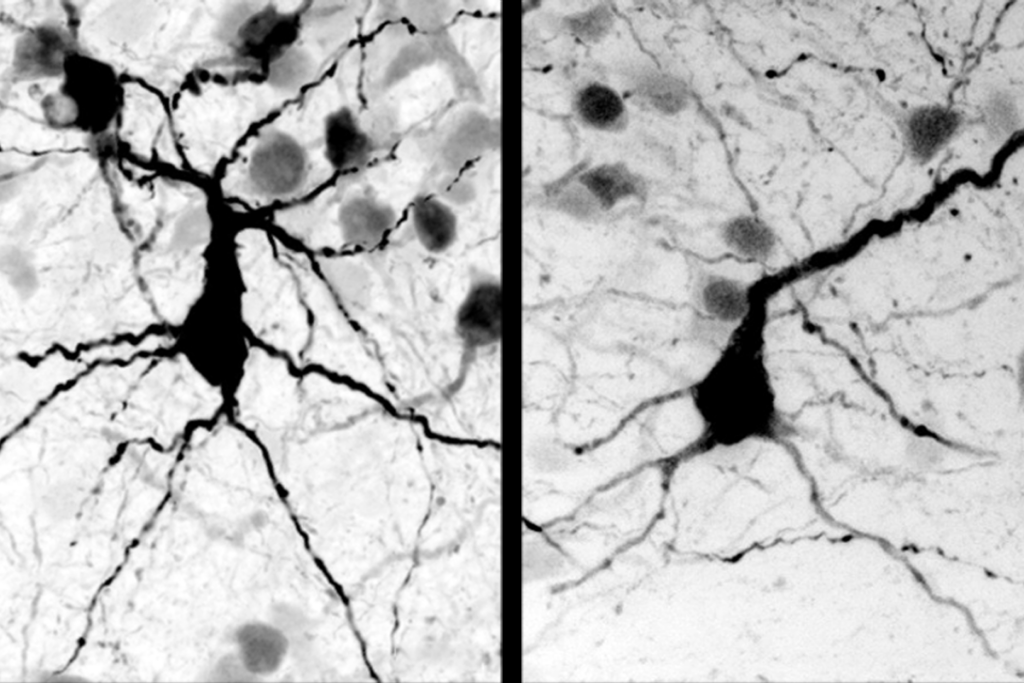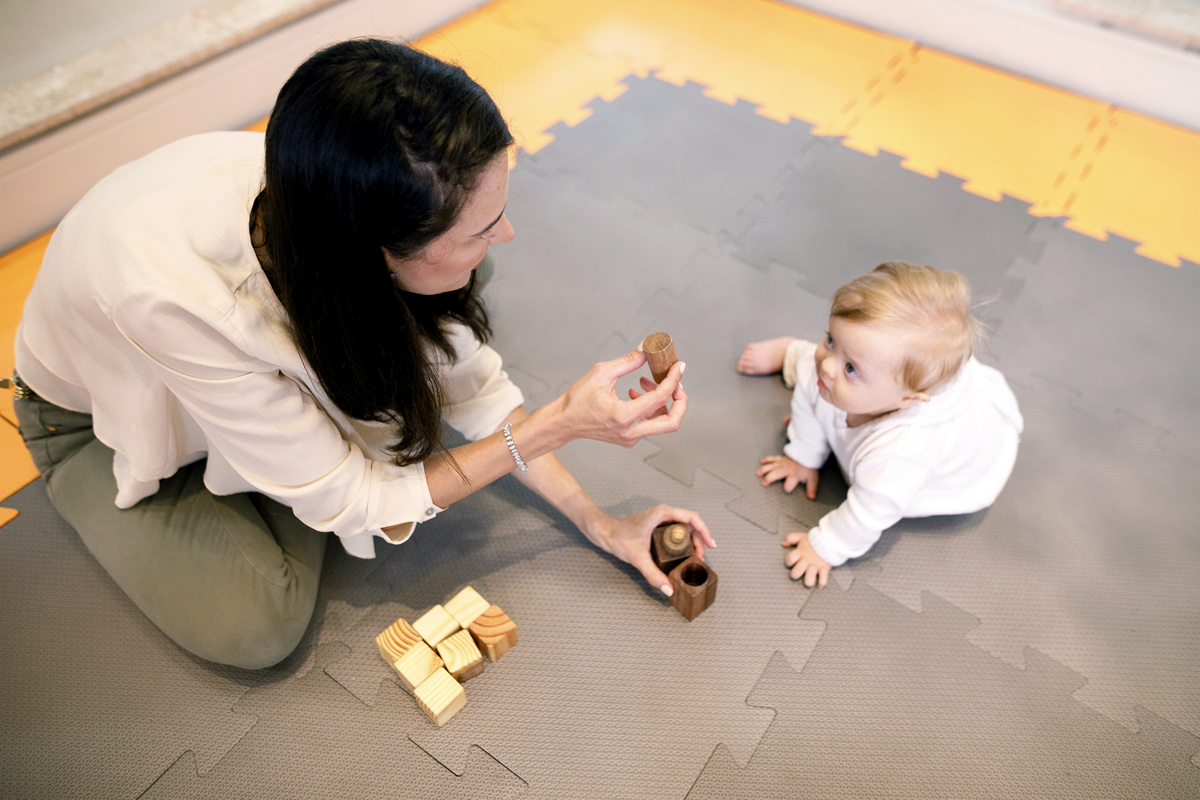
Four autism subtypes map onto distinct genes, traits
An analysis of more than 5,000 autistic children and their siblings underscores the idea that autism can be understood as multiple conditions with distinct trajectories.
Autism has long been seen as a single—if highly heterogeneous—condition. But rather than one continuous spectrum, there are distinct autism subtypes, each tied to its own genetic signature, a new study suggests.
The research, published 9 July in the journal Nature Genetics, connects genetic differences to specific patterns in how autism traits appear, supporting the notion that there are “many autisms,” says Michael Lombardo, senior researcher of neurodevelopmental disorders at the Istituto Italiano di Tecnologia in Genoa, Italy, who was not involved in the work.
Identifying the genes linked to autism subtypes is just the beginning, Lombardo says. The real challenge now, he adds, “is unraveling the biology that stems from those genes.”
The researchers, led by Olga Troyanskaya, professor of computer science and integrative genomics at Princeton University and deputy director for genomics at the Flatiron Institute in New York City, used a computational model to analyze data on 5,392 autistic children aged 4-18 years and their non-autistic siblings collected through the SPARK study. (The Flatiron Institute and the SPARK datasets used in the study are funded by the Simons Foundation, The Transmitter’s parent organization.) The data include genetic findings and parent-reported information on developmental milestones, cognitive and behavioral traits, co-occurring conditions and family history.
The machine learning analysis grouped the autistic people into four subtypes based on their genetic signatures and clinical patterns.
The “Social/behavioral” group—accounting for 37 percent of the sample and whose participants show repetitive behaviors, communication challenges and co-occurring conditions, but few developmental delays—has common genetic variants linked to ADHD and depression, and rare variants in genes active primarily after birth in certain brain cells. Another 19 percent belong to the “Mixed ASD with Developmental Delay” group, which hit many milestones later in development than children without autism but typically don’t have co-occurring conditions such as anxiety and depression; these participants carry many rare, damaging variants—both inherited and new—in genes active during early brain development in utero.
Another group, called “Moderate challenges” (34 percent), is distinguished by a developmental pattern similar to the Social/behavioral group, though with less severity; its participants have rare genetic changes in less essential genes, which may explain their mild core autism traits. The 10 percent of children in the “Broadly affected” group, on the other hand, have prominent autism traits from an early age and carry a heavy load of rare mutations in key genes, including targets of a protein involved in fragile X syndrome.
T
hese genetic differences track with the ages at which children reached certain developmental milestones and their age at autism diagnosis. For example, the groups with variants in early-expressed genes—the Broadly affected and the Mixed ASD with Developmental Delay groups—showed delays in early developmental skills and earlier diagnoses, whereas the group with variants in genes expressed after birth—the Social/behavioral group—had later diagnoses and developmental timelines similar to those of non-autistic children.“There are a lot of kids who seem very neurotypical until a bit later in childhood,” says study investigator Natalie Sauerwald, associate research scientist of computational genomics at the Flatiron Institute. “The fact that we were able to find genetics that aligns with that was really surprising.”
Other research efforts have identified autism subgroups, but none currently offer the definitive take on how to group populations within the autism spectrum—likely because results depend on who’s studied and how, Lombardo says. The new study included children aged 4-18, which increased the sample size but introduced variability, because a preschooler and a teenager are at different developmental stages, he says. His own work, focused on narrower age ranges, has found fewer subtypes, suggesting that different datasets may yield different subtypes.
In addition, rather than linking genes to single traits as in past investigations, Troyanskaya and colleagues looked at a person’s overall combination of traits.
The team validated their new findings using data from the Simons Simplex Collection (SSC), which contains information gathered by clinicians. The autism subtypes identified based on parent-reported data were consistent with those found in the SSC, which suggests that the subtypes reflect real differences, Troyanskaya says.
As more data become available, the identified autism subtypes may be further refined, revealing additional genetic and clinical details within each group, she says.
More data can validate the findings across diverse populations and adult cases, which could eventually lead to more tailored diagnoses and support in the future, Sauerwald says.
Thomas Bourgeron, director of the Human Genetics and Cognitive Functions Unit at the Institut Pasteur in Paris, who was not involved in the work, agrees. “Some individuals need medical support, maybe gene therapy, and others need better inclusion in society, better recognition of neurodiversity and so on,” he says.
However, he adds, a common limitation in autism research is that it focuses too much on clinical data and not enough on real-life experiences, so there’s a need for more practical, long-term information to better understand how autism affects daily life. “We need to have a better idea of the trajectory of these individuals.”
Recommended reading
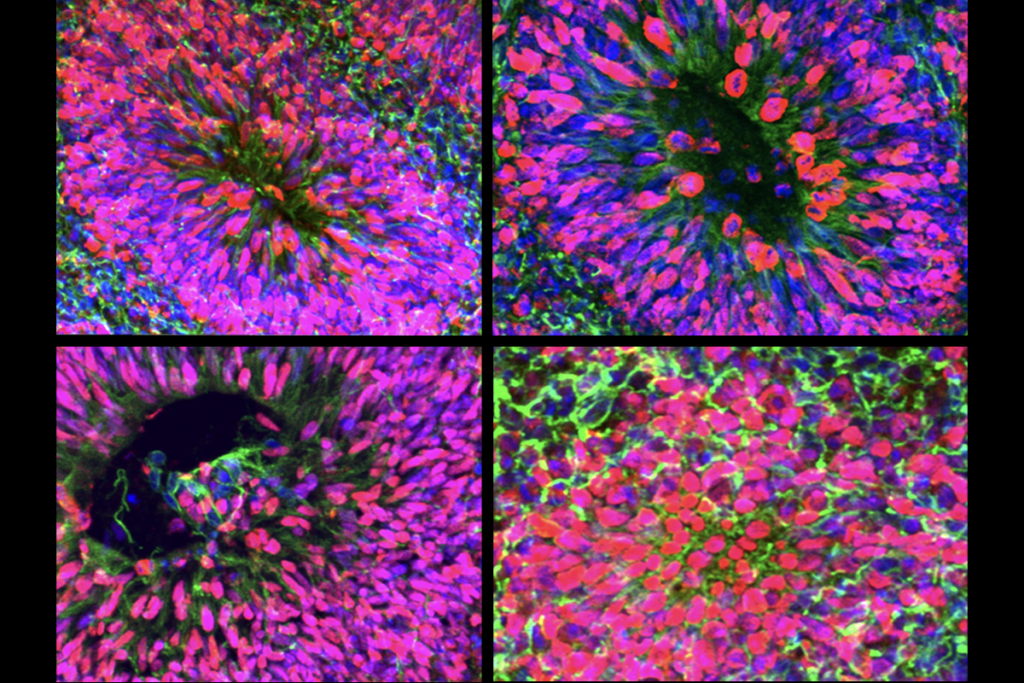
New organoid atlas unveils four neurodevelopmental signatures
Explore more from The Transmitter
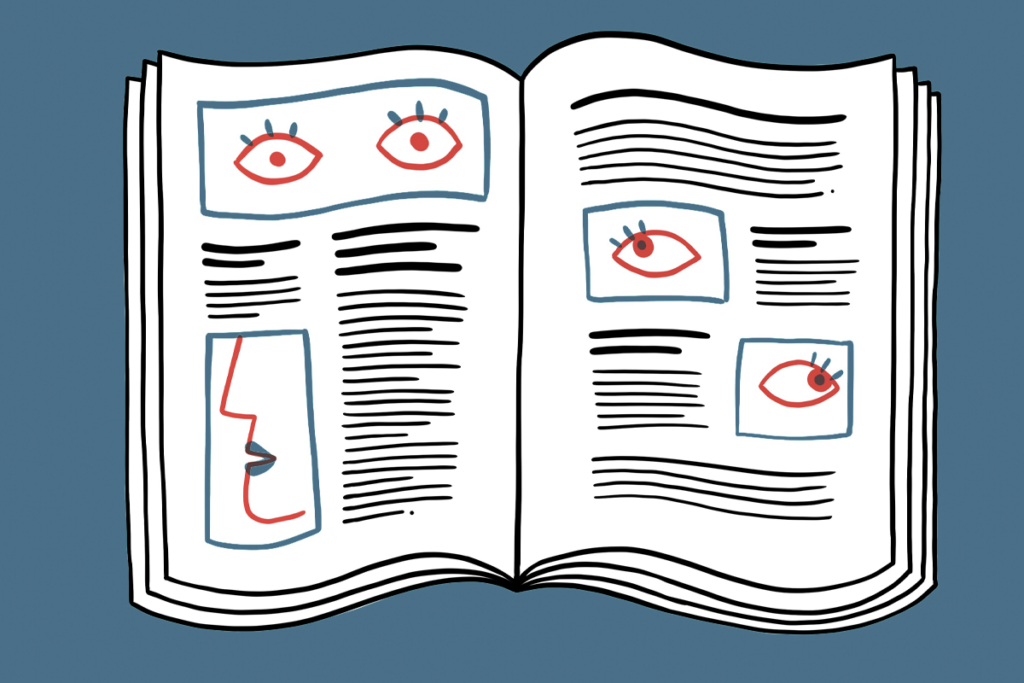
Anti-seizure medications in pregnancy; TBR1 gene; microglia
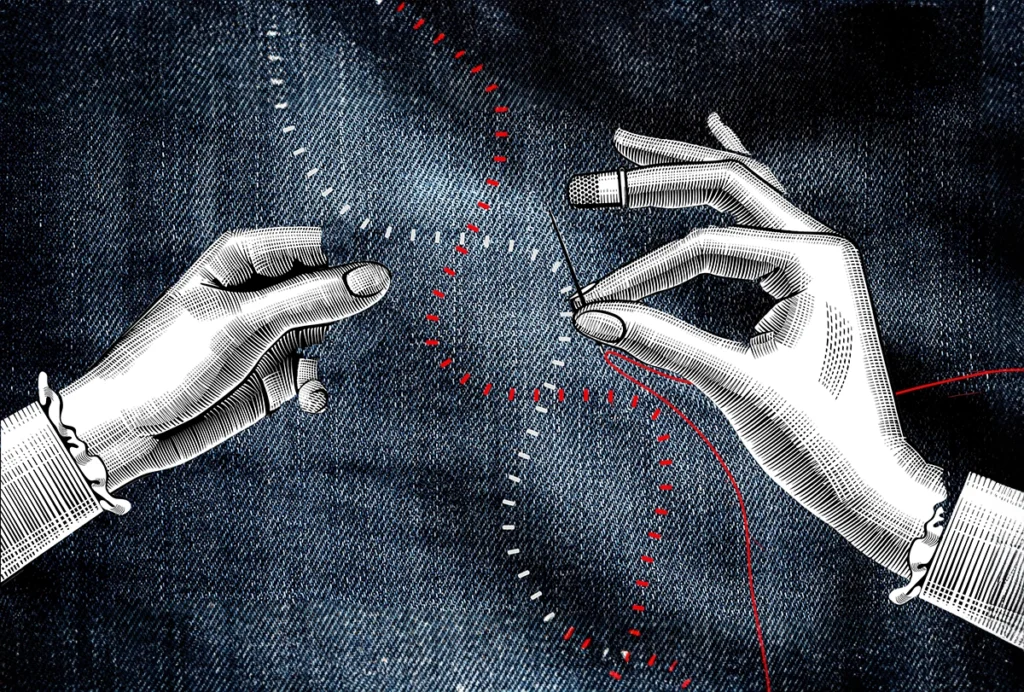
Untangling biological threads from autism’s phenotypic patchwork reveals four core subtypes
